This is a sponsored guest post.
For relaxation, you can work out muscles and problem areas more thoroughly and effectively with a specialist, such as, for example, in a massage Dubai center. But in case of urgent need, you can help yourself with self-massage ⎼ at home after morning exercises, in the sauna, on trips and hikes, while playing sports. Self-massage is just convenient because it can be used in the absence of a professional massage therapist.
Massage is one of the best ways to relax. The correct procedure will help to disperse the blood, stretch the muscles and relieve the general tension in the body. Unfortunately, there is not always enough time to visit special salons.
However, do not rush to give up this idea. There are several self-massage techniques that can help you relax just as well. What are the benefits and features of such a procedure and how to properly perform it?
How effective is self-massage and what is its benefit?
From the point of view of efficiency, self-massage cannot fully replace the procedure performed by a professional. However, if certain techniques are followed, self-massage will be useful. It will reduce muscle spasm and locally improve blood flow, which in turn can reduce pain and tension, especially in the cervical region.
Certain types of self-massage – for example, myofascial release – are not at all inferior in efficiency to professional services. In this case, the exceptions are those zones that you technically and anatomically cannot reach on your own.
What are the contraindications for self-massage?
Self-massage will be especially useful for those who experience pain, muscle tension, lead a sedentary lifestyle, or are under great stress. However, as with the classic procedure, there are a number of contraindications:
● a violation of the integrity of the skin in the area of massage
● inflammatory reactions
● enlarged lymph nodes
● high blood pressure
● increased body temperature.
How to do self-massage correctly?
Ideally, self-massage should be preceded by a hot shower, the expert notes. This will warm up the area of the body, dilate blood vessels and prepare muscles, which will greatly increase the effectiveness of the procedure.
There are several basic types of massage that you can do yourself.
Banks
Cupping massage is often used to combat cellulite. Many people have known this procedure since childhood – when, during an illness, a mother or grandmother put cans on their backs. Today, in addition to the usual glass jars, there are other variations: rubber and silicone.
With their help, the procedure can be carried out at home.
Brush
Dry brushing is also known as brushing. It is believed to help get rid of dead skin and cellulite, improve blood circulation, detoxify, and even help improve digestion. It is important to choose a brush with the correct bristles and a comfortable grip. And it is recommended to do such a massage, not after water procedures, but before.
Glove
To do this, you need a special massage glove. They are made from different materials and varying degrees of rigidity. For example, rubber makes more rigid mittens and fabric-softer ones. Everyone can choose an accessory according to their purpose and sensitivity level.
Tennis ball and roll
One of the most common self-massage techniques is myofascial release using a ball (special or tennis) and a roll.
This technique is as follows:
1. Place a ball or roll on a hard surface such as a floor or wall.
2. Lean against the ball or roll with the area that you want to work out.
3. Using the weight of your own body, perform smooth slow movements in the area where discomfort or pain is felt. The direction can be both along and across the muscle fiber, however, areas, where bones and joints protrude noticeably, should be avoided. Only soft tissues should be worked out.
The duration of this massage should be about a minute for each area. Pain can occur during myofascial release, which is completely normal, the doctor warns. Over time, the discomfort will disappear.
By hands
Manual self-massage is often used on the neck and collar area. It is especially relevant in office work when it is these muscles that are in greater tension. Moreover, such a prolonged load contributes to the spread of the feeling of stiffness and spasms to other parts of the body, as well as the occurrence of the so-called “tension headache” That is why it is very important to work out spasmodic muscles in time.
When self-massage the neck and collar zone, you should remember a few rules:
1. It is worth simultaneously massaging the neck, shoulder girdle, and upper part of the shoulder blades.
2. Movements should be directed from top to bottom from the hairline.
3. If possible, massage should be performed synchronously with both hands.
What are the main movements to use for self-massage?
The following techniques are applicable to many parts of the body, such as the legs, where tension builds up in the muscles towards the end of the working day:
● Intense stroking of the back of the neck with the palms or the bases of the thumbs.
● Circular motions – rubbing with fingertips.
● Pinch grips.
● Rubbing from the center to the sides.
● Light pats.
● Soft stroking.
A hot bath or shower will be an excellent conclusion to any self-massage, which will allow
you to relax your muscles as much as possible.
!Self-massage cannot replace a full-fledged massage performed by a professional. For more serious problems, it is better to contact a qualified technician.
Hi there! I am Emily Evert, the owner of Emily Reviews. I am 28 and live in a small town in Michigan with my boyfriend Ryan and our two pugs. I have a large family and I adore my nieces and nephews. I love reading memoirs, and learning about child development and psychology. I love watching The Game of Thrones, Teen Mom, Sister Wives and Veep. I like listening to Jason Isbell, John Prine, and other alt-country or Americana music. I created Emily Reviews as a creative outlet to share my life and the products that I love with others.
This post currently has no responses.

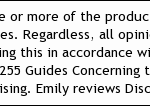
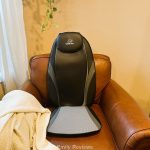

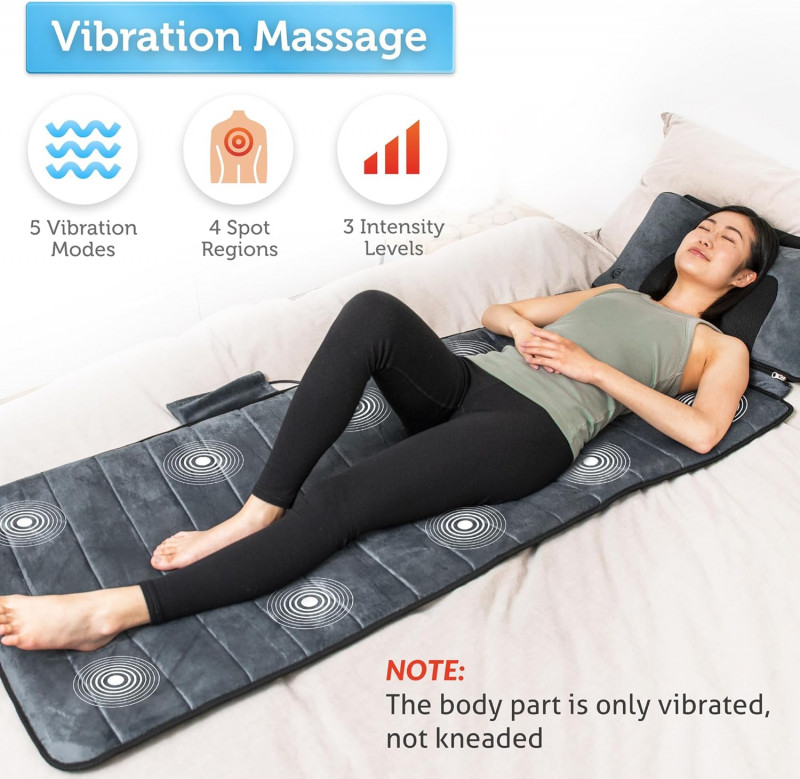
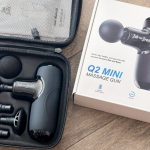
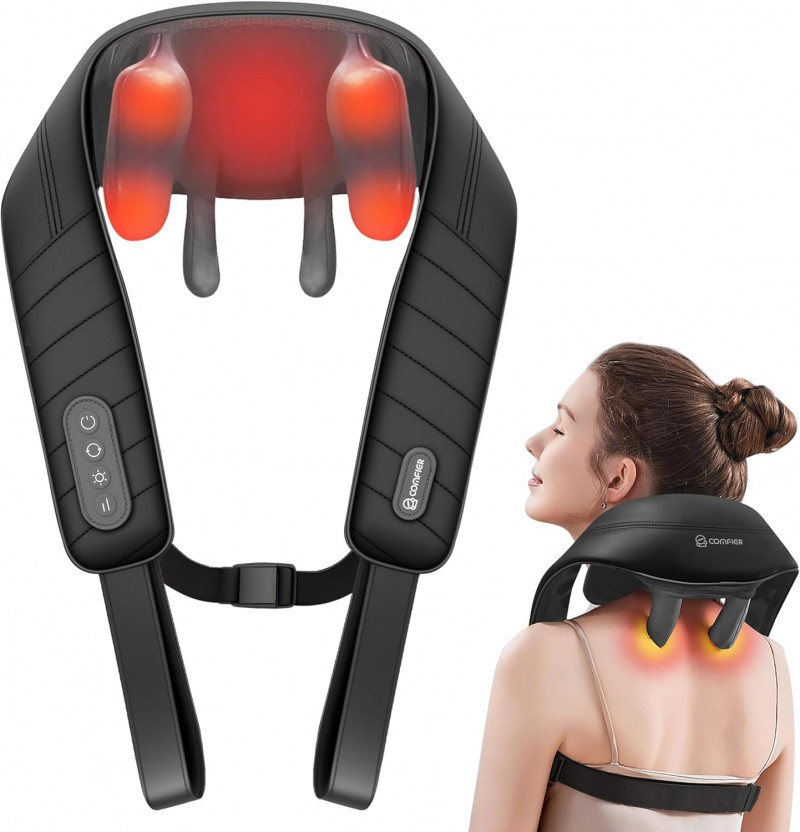












Leave a Reply